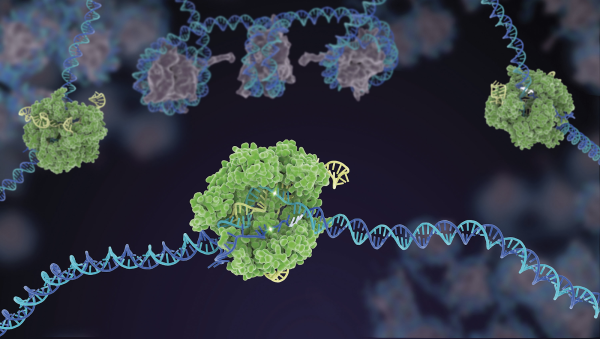An Inside Look at the Making of a Few Famous Chocolate Bars
For many, the greatest part of Halloween is the chocolate that they receive. Today we will go through just how these masterpieces are made. For most of these chocolate bars, it is not exactly the ingredients that make these processes so complex, but rather the actual intricate design of the machines that make the chocolate and the order in which these ingredients are put together that makes these candies so interesting and hard to duplicate.
First up is Snickers, many people love this delicious nougat based bar. The nougat is made with egg whites, sugar, and vanilla (a mixture of Mars called “frap”). Then, roasted peanuts are covered in caramel. After the caramel mixture is layered on top of the nougat, the machines cut the mixture into long, thin bars. Those bars are cut to size (four inches for a large Snickers and two inches for a Fun Size) and then covered in creamy milk chocolate.
Second up, is the Kit-Kat. Originally invented in the U.K., this British treat has a secret ingredient: the cream filling that keeps the wafers together before the chocolate is drizzled on and around them. To begin, the chocolate is melted while sheets of wafer biscuits are baked and then cooled on a conveyor belt. The New York Times Magazine reckons that the lightweight wafers most likely consist of “air and gelatinized wheat flour.”
As Cheddar Gadgets shows, these wafers are then coated with a sandwiching cream, “which gives Kit Kats their flavor.” It also seems that offcuts of Kit Kats are mixed into this cream, according to BBC Two’s Inside the Factory. Three layers of wafers are then stacked on top of each other and cooled, and cut into various sizes.
The iconic molds then come into play, which gives the bars their unique shape. The wafers are put into the mold and covered in the melted chocolate as mentioned earlier. Then they are covered in more chocolate after they are pressed and cooled. The BBC documentary suggests that this filling is what makes Kit-Kats have their very unique flavor and consistency.
Lastly, is Reese’s Peanut Butter Cups. The only big ingredient that is surprising with these is the way the peanut butter is made. But first how the cups are produced. First, they take pasteurized milk and process it from cocoa beans from east Africa. Then, the chocolate is melted and put into a mold of the bottom half of the cup.
As these steps take place, freshly roasted peanuts are ground up and made into a peanut paste that is then infused with powdered sugar to change its viscosity, creating that signature Reese’s peanut butter taste. This helps the chocolate melt right in your mouth. After the peanut butter is made, it is poured into the bottom mold. The second mold is put on top before more chocolate is poured into the mold. Finally, the cup is cooled and pushed out of the mold and onto packaging.
With the new understanding of these many vigorous and complicated cooking processes, people can put into perspective just how that delicious treat in their mouths came to be.
Sources:
https://www.dailymail.co.uk/femail/article-4092136/Documentary-reveals-Kit-Kats-made.html
https://prezi.com/0ouaekrp5mgz/how-reeses-are-made/
https://www.quora.com/How-is-the-peanut-butter-in-Reeses-Peanut-Butter-cups-made
Your donation will help support The Lambert Post, Lambert High Schools student-run newspaper! Your contribution will allow us to purchase equipment and cover website hosting costs.













